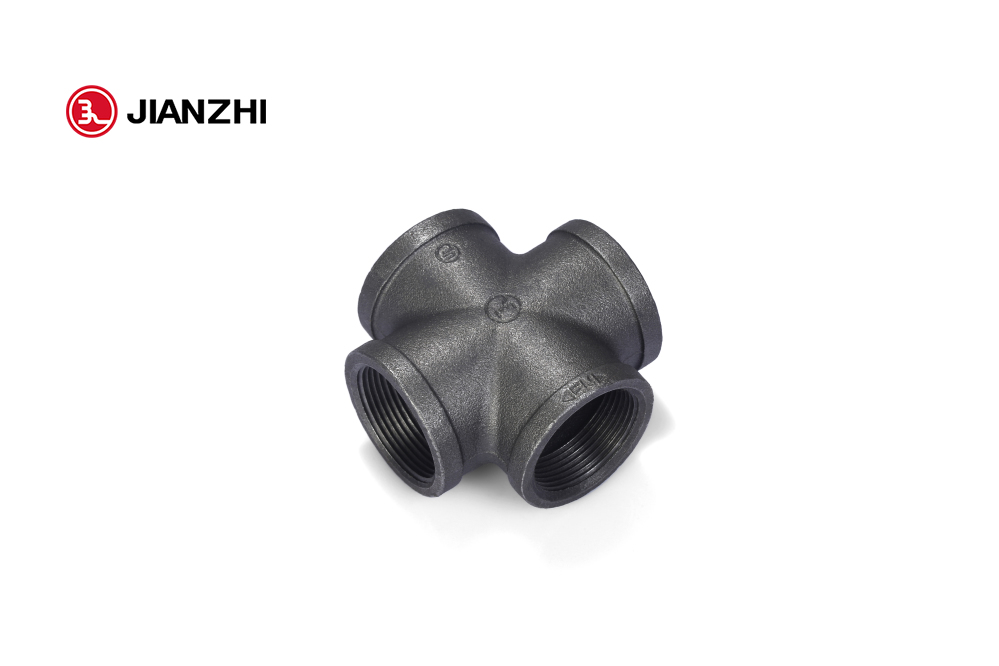Checkingthe size of a pipe and its fittings is an important part of any plumbing project.
Here are some steps you can take to measure pipe size and pipe fitting dimensions:
Measure the outside diameter (OD) of the pipe: This is the distance across the widest point of the pipe. Use a caliper or tape measure to measure the OD of the pipe to the nearest 1/16th of an inch.
Determine the nominal pipe size (NPS): The NPS is the standard size designation used for pipes in the United States. Use a pipe size chart to determine the NPS based on the measured OD of the pipe.
Measure the length of the pipe: Use a tape measure to measure the length of the pipe to the nearest inch.
Measure the dimensions of the pipe fittings: Use a caliper or tape measure to measure the dimensions of the pipe fittings, including the inside diameter (ID) and outside diameter (OD) of the fitting. Be sure to measure all dimensions accurately, as even small variations can affect the fit of the fitting.
Determine the type of pipe fitting: There are many different types of pipe fittings, including couplings, elbows, tees, and reducers. Make sure you know the specific type of fitting you need and its dimensions before making any purchases.
Check for compatibility: Make sure the pipe and fittings you choose are compatible with each other and with the specific plumbing system you are working on. Check the material, pressure rating, and other specifications to ensure a proper fit.
By following these steps, you can accurately measure pipe size and pipe fitting dimensions and select the right components for your plumbing project. It’s important to take accurate measurements and choose compatible components to ensure a proper fit and prevent leaks and other plumbing problems.
How do I determine the pressure rating of a pipe fitting?
The pressure rating of a pipe fitting is an important consideration when selecting components for a plumbing system. pipe fitting cross The pressure rating indicates the maximum pressure the fitting can withstand without failure or leakage.
Here are some steps to determine the pressure rating of a pipe fitting:
Determine the material: The pressure rating of a pipe fitting depends on the material it is made from. Common materials for pipe fittings include PVC, copper, brass, and stainless steel. Make sure you know the material of the fitting before determining the pressure rating.
Check the manufacturer’s specifications: The pressure rating of a pipe fitting is typically provided by the manufacturer. Check the specification sheet or product label for information on the pressure rating. The pressure rating is usually expressed in pounds per square inch (PSI) or kilopascals (kPa).
Consider the temperature: The pressure rating of a pipe fitting can be affected by the temperature of the fluid being transported. Higher temperatures can reduce the pressure rating of the fitting. Check the manufacturer’s specifications for information on the temperature rating of the fitting.
Determine the application: The pressure rating of a pipe fitting can also depend on the specific application. For example, fittings used in high-pressure applications such as steam or gas lines may have a higher pressure rating than fittings used in low-pressure applications such as water supply lines.
Check for compatibility: Make sure the pressure rating of the fitting is compatible with the pressure rating of the pipes and other components in the plumbing system. Using components with incompatible pressure ratings can lead to leaks and other plumbing problems.
By following these steps, you can determine the pressure rating of a pipe fitting and select the right components for your plumbing system. It’s important to choose components with compatible pressure ratings to ensure a safe and reliable plumbing system.
